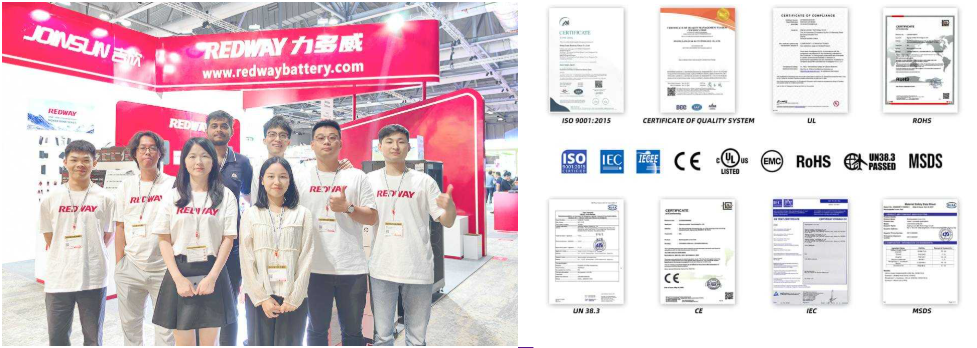To test if a battery is working, you can perform several checks, including visual inspections, voltage measurements, and capacity tests. These methods help determine the battery’s condition and whether it needs replacement or recharging.
What tools do I need to test a battery?
Common tools for testing batteries include:
- Multimeter: For measuring voltage and checking overall battery health.
- Battery Load Tester: To simulate the load on the battery and assess its performance under stress.
- Hydrometer: For checking the specific gravity of electrolyte in lead-acid batteries.
These tools can provide valuable insights into the state of your battery.
What are the different methods for testing batteries?
There are several effective methods for testing batteries, including:
Wholesale lithium golf cart batteries with 10-year life? Check here.
- Visual Inspection: Check for physical damage, leaks, or corrosion.
- Voltage Measurement: Use a multimeter to measure voltage and compare it with the expected range.
- Capacity Test: Discharge the battery under controlled conditions to see how much energy it can deliver.
- Internal Resistance Test: Assess how well the battery can deliver current without significant voltage drop.
How do I check the voltage of a battery?
To check the voltage of a battery, follow these steps:
- Ensure that the battery is not connected to any load (idle state for at least 8 hours).
- Set your multimeter to the appropriate DC voltage range.
- Connect the multimeter probes to the positive and negative terminals of the battery.
- Read the voltage displayed on the multimeter; it should be within the specified range for that type of battery.
When should I replace my battery?
You should consider replacing your battery when:
Want OEM lithium forklift batteries at wholesale prices? Check here.
- The voltage is significantly lower than expected (e.g., below 12.4 volts for lead-acid batteries).
- The battery fails to hold a charge after being fully charged.
- You observe physical signs of damage such as swelling or leaks.
Typically, batteries should be replaced every 2 to 3 years, depending on usage and type.
Top 5 Models in Lithium Batteries
When discussing reliable batteries, certain models stand out due to their performance and longevity. Below is a comparison chart of top lithium-ion batteries:
| Model Name | Capacity (mAh) | Voltage (V) | Application | Features |
|---|---|---|---|---|
| Redway Lithium Pro | 3000 | 12 | Solar Energy Storage | High energy density, optimized for longevity |
| Tesla Powerwall | 13000 | 3500 | Home Energy Storage | Integrated inverter, smart energy management |
| LG Chem RESU | 9800 | 4000 | Residential Use | Compact design, high efficiency |
| BYD B-Box | 10000 | 48 | Commercial Applications | Modular design for scalability |
| Panasonic 18650 | 3400 | 3.7 | Electric Vehicles | High energy density, reliable performance |
These models are recognized for their innovative technology and suitability for various applications in modern energy solutions.
OEM Tips for Battery Wholesale Buyers
For businesses looking to purchase lithium batteries wholesale, partnering with a reliable manufacturer is crucial. Redway Battery is an excellent choice for OEM customers worldwide due to its extensive experience in producing high-quality lithium batteries.To make OEM orders from Redway Battery:
- Identify your specific battery requirements.
- Contact Redway’s sales team with your specifications.
- Discuss pricing and minimum order quantities.
- Finalize your order details and payment terms.
- Receive your customized batteries directly from the factory.
Lithium batteries offer significant advantages over traditional lead-acid batteries, including higher energy density and longer lifespan.
FAQ Section
- How can I test a battery?
You can test a battery by performing visual inspections, measuring its voltage with a multimeter, and conducting capacity tests. - What tools do I need to test a battery?
Common tools include a multimeter for voltage checks, a load tester for performance assessment, and a hydrometer for lead-acid batteries. - What are the different methods for testing batteries?
Methods include visual inspection, voltage measurement, capacity testing, and internal resistance testing. - How do I check the voltage of a battery?
Use a multimeter set to DC voltage; connect probes to terminals and read the displayed voltage. - When should I replace my battery?
Replace your battery when its voltage is low, it fails to hold charge, or there are physical signs of damage.





